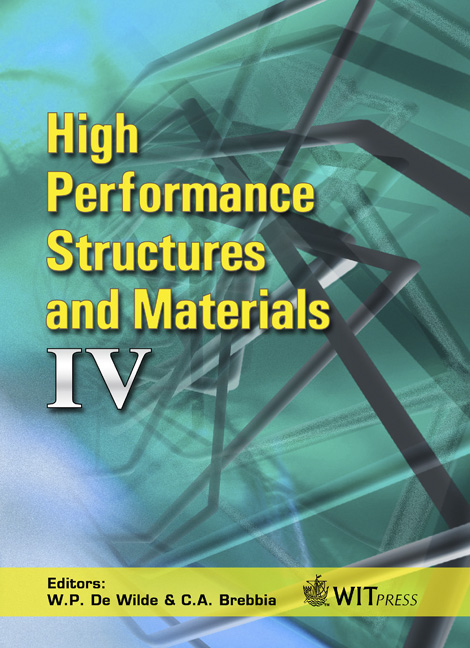Two-step Homogenization Of Asphalt Mixtures
Price
Free (open access)
Transaction
Volume
97
Pages
9
Page Range
33 - 41
Published
2008
Size
1,031 kb
Paper DOI
10.2495/HPSM080041
Copyright
WIT Press
Author(s)
R. Valenta & M. Sejnoha
Abstract
A novel approach to the prediction of the nonlinear macroscopic response of asphalt mixtures is presented. It combines the well established first order homogenization method and a concept of so called statistically equivalent periodic unit cell that was only recently proposed. Such a unit cell allows us to take into account a real microstructure of an asphalt mixture when searching for the estimates of nonlinear macroscopic response. To that end, both the finite element and the Fast Fourier Transform methods are examined. To enhance feasibility of the solution of the underlying nonlinear problem, a two-step homogenization procedure is proposed. Here, the effective material properties are first found for a mastic asphalt, a composite consisting of a bitumen matrix and a fraction of small particles. These properties are then introduced in place of the matrix in actual unit cells. Several numerical examples are presented to show applicability of the proposed approach. Keywords: asphalt mixture, statistically equivalent periodic unit cell, homogenization, Fast Fourier Transform, finite element method. 1 Introduction The main objective of this contribution is to provide estimates of the effective properties of asphalt mixtures shown in Fig. 1. A computational analysis taking into account all geometrical details of a two-phase microstructure (stone aggregates bonded to a bitumen matrix) would, however, be prohibitively expensive. The search for an efficient computational scheme is therefore needed. A relatively simple, yet reliable and efficient approach is proposed. It relies on a popular uncoupled multi-scale homogenization technique taking advantage of
Keywords
asphalt mixture, statistically equivalent periodic unit cell, homogenization, Fast Fourier Transform, finite element method.





